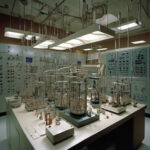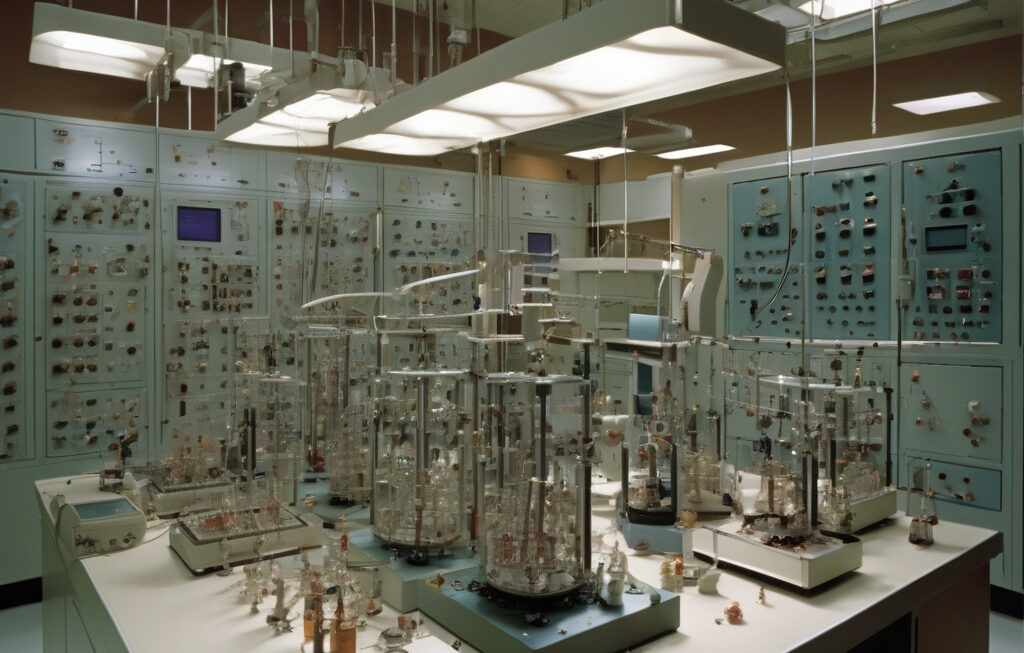Chernobyl’s back: Ukraine eyes nuclear reactor for power after 39 years of disaster
Building a nuclear power plant is hard work, and it would be especially more difficult, not to mention risky, in a place like Chernobyl. However, Ukraine, the country that faced one of the worst nuclear disasters in history at the Chernobyl Nuclear Power Plant in 1986, is now considering the construction of a new nuclear reactor on the same site.
The Chernobyl disaster, which occurred due to a flawed reactor design and inadequately trained personnel, resulted in widespread radioactive contamination and had long-lasting environmental and health consequences. The area around the plant was evacuated and remains largely uninhabited to this day.
Despite the history of the Chernobyl disaster, Ukraine sees an opportunity in utilizing the site for nuclear power generation once again. The country, which heavily relies on nuclear energy and has 15 operating reactors at four power plants, aims to reduce its dependence on imported energy sources and increase its energy security.
The proposed new reactor at Chernobyl would be a small modular reactor (SMR), a relatively new and innovative technology in the field of nuclear power generation. SMRs are designed to be more flexible, safer, and cost-effective compared to traditional large-scale nuclear reactors. They can also be used to power remote areas or to support existing grid systems.
One of the main advantages of SMRs is their enhanced safety features. These reactors are designed to be walk-away safe, meaning that they can shut down and cool themselves without the need for human intervention or external power sources in the event of an emergency. This feature addresses one of the major concerns surrounding nuclear power plants, especially in light of past accidents like Chernobyl and Fukushima.
Moreover, SMRs have a smaller physical footprint and can be built underground or partially underground, reducing the visual and environmental impact of the power plant. This aspect is particularly relevant for a site like Chernobyl, which still holds the scars of the 1986 disaster.
In addition to safety and environmental considerations, the economic feasibility of the project is also a key factor. Building a new nuclear reactor is a capital-intensive endeavor, requiring significant investment and long-term planning. However, the potential benefits of energy independence, reduced greenhouse gas emissions, and job creation could outweigh the initial costs in the long run.
It is important to note that the decision to build a new nuclear reactor at Chernobyl is not without controversy. Some critics argue that the site should be preserved as a memorial to the victims of the disaster and as a reminder of the dangers of nuclear power. Others raise concerns about the potential risks and uncertainties associated with nuclear energy, regardless of technological advancements.
As Ukraine weighs the pros and cons of the project, the world watches closely. The outcome of this endeavor could have far-reaching implications for the future of nuclear energy, particularly in the context of transitioning to a more sustainable and resilient energy system.
In the end, the story of Chernobyl continues to evolve, from tragedy to opportunity. Whether the new chapter will bring progress and prosperity or repeat the mistakes of the past remains to be seen.
Chernobyl, nuclear reactor, Ukraine, energy security, small modular reactor












